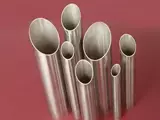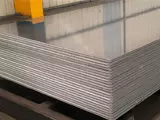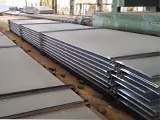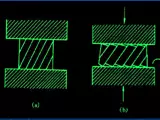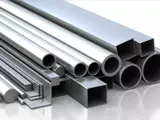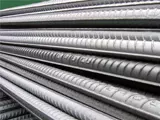Iron Alloy Slag Treatment
Iron alloy slag is a by-product of iron and steel smelting process. It is composed of various alloy elements, iron oxide and other mineral components. Treatment of iron alloy slag is usually a difficult process, due to its complex chemical composition, intermediate phase contents and physical properties.
Slag generated during iron and steel smelting contains considerable amount of metal content, making treatment of the slag an important task. In general, the problems associated with slag management are the type of slag, which can vary considerably and the quantity of slag produced. Due to the different thermal treatments, alloying elements and flux proportions, slag can range from a single material to a complex combination of two or more materials.
Typical iron and steel slag processing consists of various steps, such as, slag grinding, sizing, leaching, desulphurisation or formulating, drying and pelletising. In the grinding process, slag components are reduced in size. In the leaching process, metals and other valuable components can be extracted from the slag through chemical and/or physical treatments. Sulphur and other pollutants present in the slag can be removed, either by oxidation or by precipitation.
The processed slag can be used for a variety of applications, such as road construction and landfill cover. The metallic contents, such as iron, are useful in the manufacture of various products, including jigs, magnets and decorative pieces. The iron content can also be used for iron enrichment in soil. The leached slag can be used as a slag aggregate for roads and pavements, as a lightweight aggregate for lightweight construction materials, or can be used for further mineral separation and concentration.
For slag that is not suitable for these types of reuse, reduction of the hazard potential and safe disposal must be considered. The hazard potential of iron and steel slag could be reduced through leaching of the hazardous components, landfilling and/or other treatment technologies. Depending on the toxicant content of the slag, it can be placed in either special or conventional landfills.
In conclusion, iron and steel slag that is generated as a by-product of steel and iron smelting can be treated with a variety of processes. Slag needs to be treated to enable its reuse in various manufacturing and construction applications. Treatment of slag includes a range of options from simple grinding and sizing processes to complex physical, chemical and desulphurization treatments. Treatment processes used should be configured towards producing a high-grade material for reuse or reducing the hazardous potential of the slag for safe disposal.

